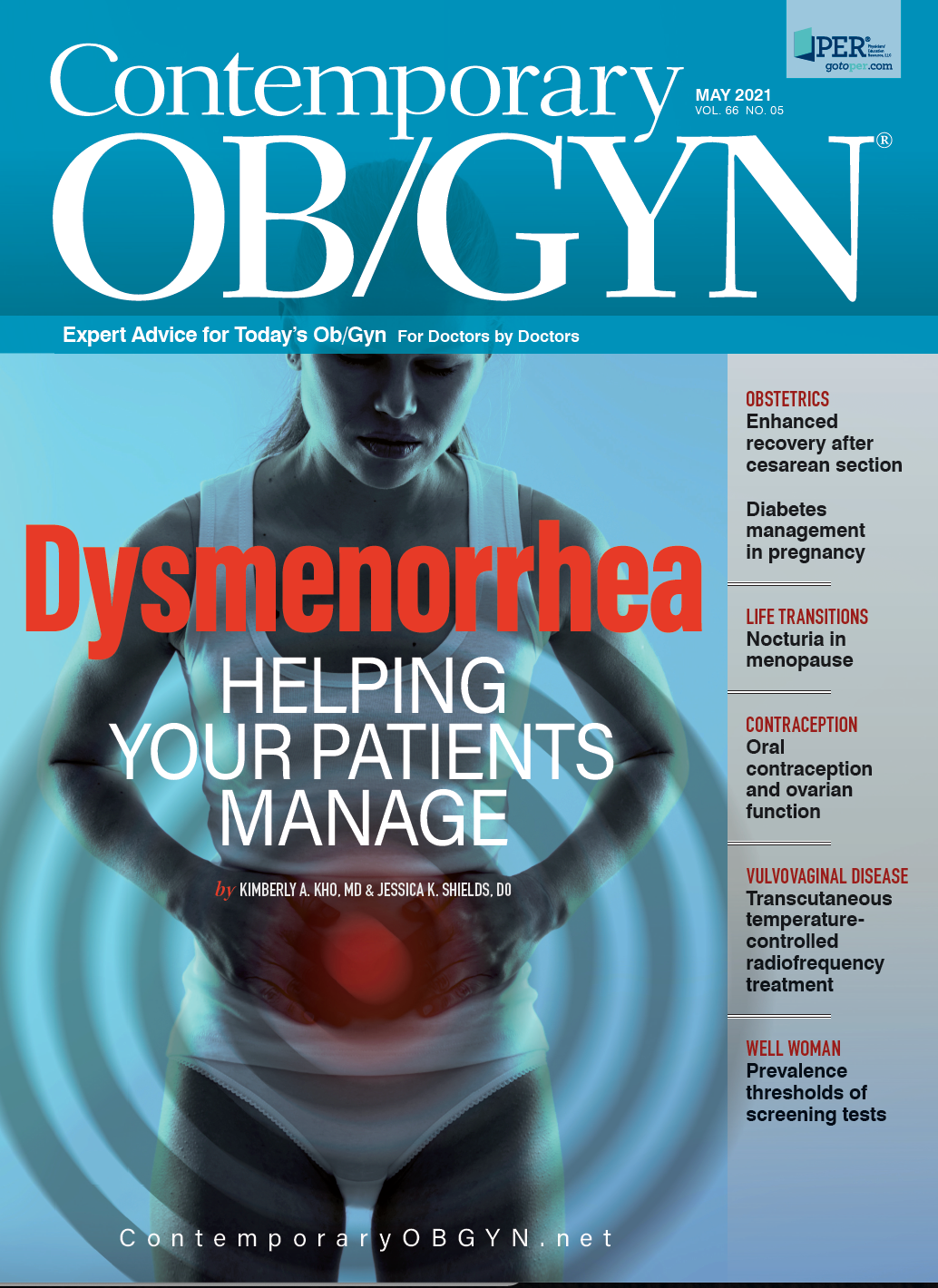Behind the Scenes
On April 9, Contemporary OB/GYN® editorial board members met with the content team and several others from our corporate offices for the annual editorial board meeting.
On April 9, Contemporary OB/GYN®editorial board members met with the content team and several others from our corporate offices for the annual editorial board meeting. Like most meetings these days, it was virtual. But in 2 hours, the team reviewed content, talked about strategies and goals, and enthusiastically discussed which topics might have the most meaning to the ob/gyn generalists who make up the core of this magazine’s audience.
It’s energizing to see the passion of 12 dedicated physicians who ensure that the latest research appears within these pages as peer-reviewed articles and that we are meeting readers’ needs. You’ve seen some of that so far this year, including coverage on COVID-19, managing inflammatory bowel disease in pregnancy and postpartum, and a myriad of other topics. In this issue, we continue to provide information with fresh approaches. In the May issue, you will find a tear-out on maternal morbidity and mortality with information from Board Member Sarah J. Kilpatrick, MD, PHD.
Also in this issue, Board Members Paula J. Adams Hillard, MD, and Ilana Cass, MD, tackle the topic of keeping politicians out of the exam room, in their column. They discuss legislation in 20 states, including New Hampshire and Arkansas, that could interfere in the physician-patient relationship. We are interested in your feedback on this topic. When it comes to government, how far is too far?
The cover story provides an approach for diagnosing and managing primary dysmenorrhea. And 2 physicians from The Ohio State University in Columbus share their expertise in “Diagnosis and Management of Gestational Diabetes."
We trust you’ll stay tuned to these pages and our ever-evolving website for the articles, videos, and podcasts that will come out of this very important meeting. We enjoy hearing from you about topics you would like to read about and receiving feedback on any content in these pages or online. Please send us an email at COGEditorial@mmhgroup.com.
As the pandemic continues, we also are pondering how health care might evolve to address patients’ needs. COVID-19 has permanently changed health care, and we will see those effects for years. The Los Angeles Times recently reported on the trend of urgent care ob/gyn clinics.1 These clinics are specifically focused on women’s care and help patients avoid what can be long wait times in traditional emergency departments (EDs). They also became a favorable option during the pandemic because people were afraid of contracting COVID-19 by going to an ED.
As always, thank you for reading, and let us know how we are doing.
Mike Hennessy Sr
Chairman and Founder, MJH Life Sciences™

FDA approves Visby’s test for at-home STI identification
Published: March 28th 2025 | Updated: March 28th 2025The FDA has approved Visby Medical’s at-home sexually transmitted infection test, allowing women to screen for chlamydia, gonorrhea, and trichomoniasis without a prescription.
Read More
